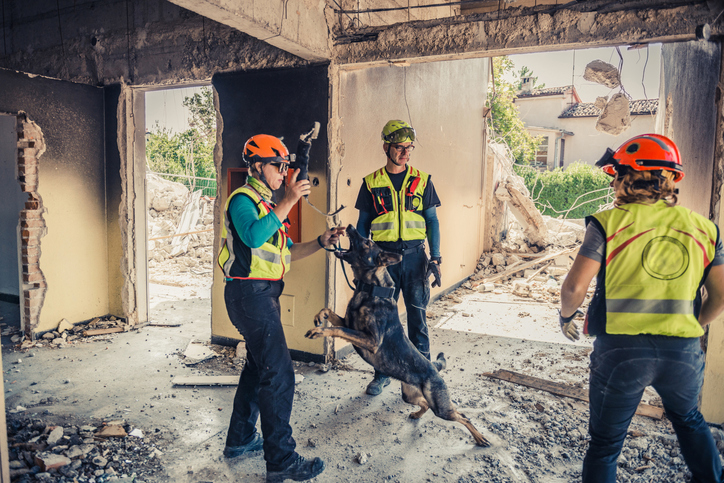How reconstruction companies are improving repair timelines

A shortage of tradespeople isn’t making it easy for the restoration industry to recover from extended repair cycle times during the pandemic.
While cycle times are starting to improve, frequent NatCats and a lack of qualified talent are stretching capacity thin, experts warned. Supply chain slowdowns were among the factors that stretched pandemic-era repair cycle times.
“We built a complete house, and it took almost seven months just to get the glass for the showers,” said Scott Ure, field operations specialist at Paul Davis Canada. “The keys got turned over to the owners and we were still waiting an additional four months just to get the glass.”
Sources told CU it’s a mixed bag regarding which repairs are seeing timeline improvements. Sophisticated repairs — like those made to property exteriors — still take longer than usual.
Some improvements
But standard repairs are getting quicker. “The basic ones where you’ve got a little bit of water damage in the basement or in the house, where there’s some more cosmetic type repairs — drywall, painting, finishing, maybe flooring if in stock — those timelines are decreasing drastically,” said Ure.
Typical building losses might now only see delays of a few months. “If it’s [normally] a six-month project, we’re probably looking at least eight to nine months,” reported Janak Lally, president of the Canadian Independent Adjusters Association and ClaimPro’s assistant vice president of the Lower Mainland & BC Interior.
This is an improvement over pandemic timelines, he told Canadian Underwriter.
But after major NatCats, even standard repairs take longer. “A typical water damage flooring claim that could normally be fixed in two weeks could take several months,” said Lally.
While supply chain issues have eased, the shortage of available tradespeople has not. “Staffing is probably one of the most critical areas hurting timelines,” Ure said.
Labour issues
Part of the labour issue is due to contractor supply and demand. “The construction industry is not easy. We’re dependent on subcontractors,” said Valérie Bouchard, directrice principale, développement des affaires at First Onsite. “It’s an industry where you can’t really plan; you have to have people on call.”
In Quebec, the province’s labour management regulator, Commission de la construction du Québec, matches tradespeople on-demand to employers that request them. But Bouchard told CU companies can manage repair timelines by hiring internally, where possible. “We have partners but when we can have [staff] in-house, we do.”
To return cycle times to full speed, restoration firms might need to up their spending. Cycle times for large losses can be streamlined if firms are willing — and able — to offer competitive compensation. And that should be established early in the claim process.
“What’s crucial to help the cycle times is making sure you get all stakeholders involved right away, understanding the costs, and having the right experts involved,” Lally said. “Not trying to pick experts that may be cheaper from the get-go and realizing we’ve got problems later on.”
In the meantime, restoration firms can mobilize technology when contractor supply is short. For example, when contractors couldn’t assess affected properties onsite at the height of the pandemic lockdowns, insurers inspected their commercial clients via drone or satellite imaging.
3D technology “expediates [the process], because it tells a better story than just using pictures off a phone, where you’re always missing the three photos that they require to satisfy the file,” Ure explained.
This story is excerpted from one that appeared in the November print edition of Canadian Underwriter. Feature image by iStock.com/egon69





